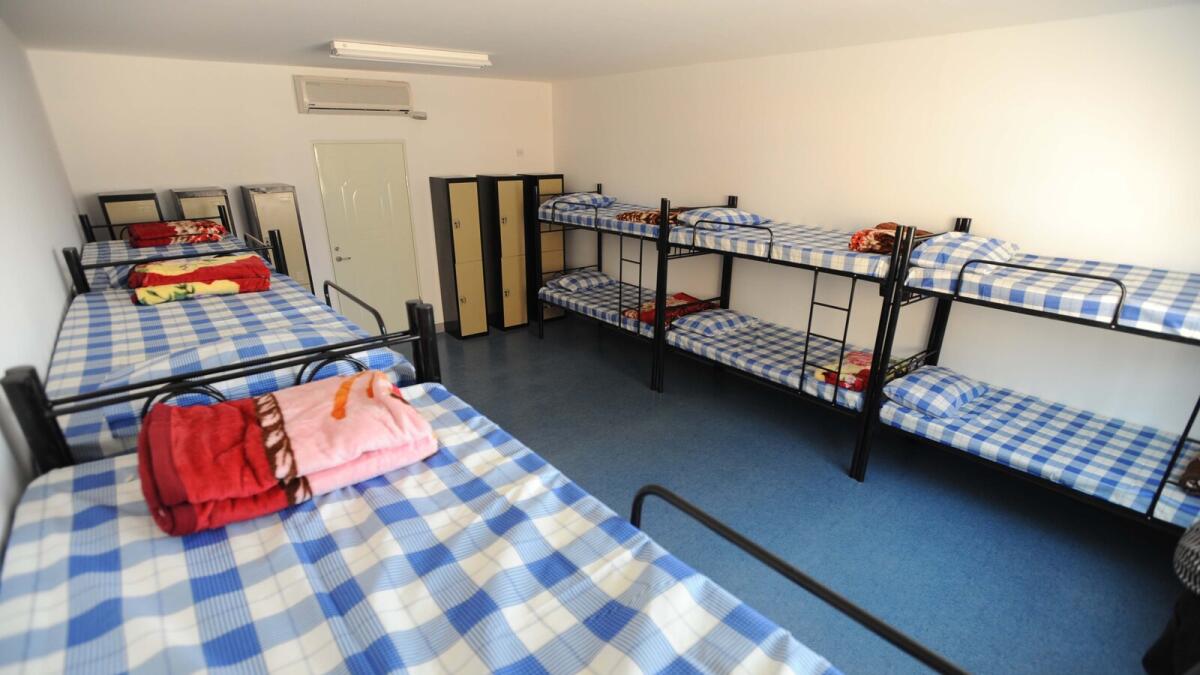Workers’ Accommodation Rules and Regulations

Workers’ accommodation rules and regulations are designed to protect the health, safety, and welfare of employees who live on or near their place of work. In many industries, such as construction, mining, and hospitality, it is common for workers to reside in employer-provided housing or in accommodations located close to their worksite. These regulations are intended to ensure that such accommodations are safe, clean, and conducive to a healthy living environment.
In this blog, we will take a closer look at workers’ accommodation rules and regulations and what they mean for employers and employees.
- Adequate Housing Conditions
The requirement for adequate housing conditions is one of the primary regulations governing workers’ accommodation. As a result, the accommodations must have a clean and comfortable atmosphere, as well as basic amenities like electricity, water, and heating that make the experience as comfortable as possible. In addition, the worker’s accommodation should provide enough space for each resident, including individual beds, and storage facilities. The facilities must be maintained and kept in a safe and clean condition.
- Health and Safety Requirements
Worker housing environment must meet the health and safety requirements set out in relevant regulations. This includes proper ventilation, pest control, and waste disposal. In addition, the design of the facility must also be designed so that accidents and injuries can be avoided, for example, by using non-slip flooring and proper lighting in the facility. If the employees are residing in mobile accommodations such as trailers or caravans, then the accommodation must be secure and stable.
- Hygiene and Sanitation Standards
Another labour housing regulation is that it must meet strict hygiene and sanitation standards. This means that there must be adequate facilities for washing and bathing, including toilets, showers, and handwashing facilities. These facilities must be kept clean and sanitary. In addition, the accommodation should provide clean bedding, and provisions must be made for regular laundry services.
- Privacy and Dignity
Workers’ accommodations must provide for privacy and dignity. The employees must have their own personal space, which is secure, and ensure that they can maintain their personal hygiene standards. This is especially important when employees of different genders are sharing the same accommodation. The facilities must ensure that the employees can have privacy when changing clothes or bathing.
- Compliance with Local and National Laws
Finally, the employer providing workers’ accommodations must ensure compliance with local and national laws. Since laws governing workers’ accommodations differ between countries, employers must familiarise themselves with the relevant laws in their region. Laws specific to the area must be known to them, and local and national authorities must be followed.
In summary, workers’ accommodation rules and regulations aim to provide employees with a safe and healthy living environment. As a result, employers must ensure that they provide adequate and comfortable accommodation, with proper sanitation, hygiene, and safety measures in place. In addition, compliance with local and national laws is essential. By adhering to these regulations, employers can create a more productive, satisfied, and healthy workforce.
